Pacific Ghibli Rim
Children see the world from a lower vantage point than adults. They’re closer to the smaller things, the things they’re more able to control. They’re also more able to stand back and see the bigger picture in ways that adults may be too preoccupied to notice. The catch is, they may not have the life experience needed to put that picture in proper perspective.
What may feel like a tiny inconvenience to an adult may be a huge problem to a child. If Mom and Dad have a argument about laundry, the child may feel like they are witnessing a battle between giants. Likewise, larger problems like World Wars, the destruction of the environment, or a floundering economy may not feel that big to a kid if they’re kept far enough away from their day-to-day experience. How big something feels compared with how big it actually is can be tough for the child to determine.
This space where children exist allows for concrete reality and unintentional fantasy to co-mingle without hesitation, allowing for the unfathomable to become everyday routine. Not coincidentally, videogames exist in a similar space, which is why some say that they are as close as we can currently get to entering each other’s dreams.
These ideas are what make Attack of the Friday Monsters! A Tokyo Tale an emotionally and intellectually engaging, mostly-adorable narrative vacation game.

Developer: Millennium Kitchen
Publisher: Level-5
Released: July 18, 2013
MSRP: $7.99
Attack of the Friday Monsters opens with an alarmingly adorable, fully-voiced theme song about not knowing why your parents love you. It threw me completely off balance, and that’s where I stayed for the rest of my time with the game. The priorities of the developers seem so contrary to where most games are going these days.
Their focus is on putting you in a specific place and time and letting you be there, often alone, calmly existing. It’s been compared to Animal Crossing and EarthBound, and while the game has similar goals as those two beloved classics, it goes about meeting them in vastly different ways.
You may think that you need to do more in a game than walk around, talk to people, and pick up shiny balls sitting on the ground in order to remain engaged. You may feel you know yourself and your taste in things enough to make such an assumption. If so, Attack of the the Friday Monsters may just prove that assumption wrong.
The game uses pre-rendered backgrounds like Resident Evil or the old Monkey Island titles that set the camera at different angles as you move throughout the environment. All these backgrounds appear to be hand-painted watercolors, and they invoke a gentle sincerity that packs a punch with each new angle you experience.
While most games that take the “cinematic” approach do so with loads of virtual acting and dramatic turns, Attack of the Friday Monsters sticks to pacing, framing, and beautiful artwork. Anyone who has been in awe of a dialogue-free sequence in a Ghibli film — like Mei’s exploration of Totoro’s forest, or Ashitaka’s quiet journey of exile from his home village — will know what I’m talking about.
You play as a young boy named Sota who’s just moved into town. Along with his new home comes a new understanding that his parents’ relationship may be more complicated than they’ve been willing to show him before. Or maybe Sota is too innocent to see these complications, and it’s just we, the player, that sees the cracks in his parents’ relationship? There isn’t too much time to consider that question, as Sota’s mother sends him on an errand shortly after the game begins. Perhaps because of his age, Sota is simply not able to remember to carry out this task. It doesn’t matter how often the player may put Sota in the position to carry out that errand; he just can’t remember to do it.

The game dances between leading you to believe the monsters are real and that they are just an elaborate Santa Claus-style fantasy created by the adults of the town, though Sota’s belief in the creatures never falters. In the end, it’s hard to say what is real and what is Sota’s interpretation of reality, though the ideas about bullying, parenthood, family relationships, and what it means to belong are never so ambiguous.
The narrative moves along on a pretty straight line. Your objective points are always on the map on the lower screen, so there is never much question as to where to go next, though getting there isn’t always as simple. You don’t usually have to follow those specific objectives either.
The game contains 26 “episodes,” much like the Bombers handbook in Majora’s Mask, but those episodes rarely play out in numerical order. One may start while another is half complete, and one may finish before the next begins. Not coincidentally, this structure mimics the attention pattern of your average child who has plenty they could do, but nothing they have to do, so things may fall into place in their own way without the need to follow a logical order.

That comparison isn’t just a lazy reference. The cards literally have the Rock, Paper, or Scissors symbols on them, identifying their strengths and vulnerabilities in a way that is universally clear. By collecting more cards, you can level up older cards, and even obtain cards that represent more than one element at a time (like Rock-Paper or Scissors-Rock). There is no in-game reason to collect all the cards and craft a formidable deck, but seeing all the new card art and feeling the sense of completion for “catching them all” is reason enough.

You can even customize the order in which the magic words are spoken. It’s never clear if the spells are real, or if the children are so convinced that they’re real that they are compelled to act out their power by willfully falling over. It’s just another way that the game plays with the line between perception of reality and projected illusions.
There is a little post-game fun to be had after the main narrative is over, but you’ll likely only get three to four hours of play out of the title altogether. That’s about $2 an hour. It’s not the kind of game you might want to jump in and replay immediately after seeing the credits, but like most good short stories; it’s something you’ll want to revisit after your memory of its specifics has faded.
The beautiful graphics, evocative soundtrack, selective but effective use of voice acting, excellent story, and occasional fart joke make Attack of the Friday Monsters worth keeping in your permanent collection. Titles like Journey and The Walking Dead have shown that games aren’t always about what you do — it’s about where you are and who you’re with. Attack of the Friday Monsters stands beside those two critically-acclaimed titles as another example of how fun short story narrative games can be.

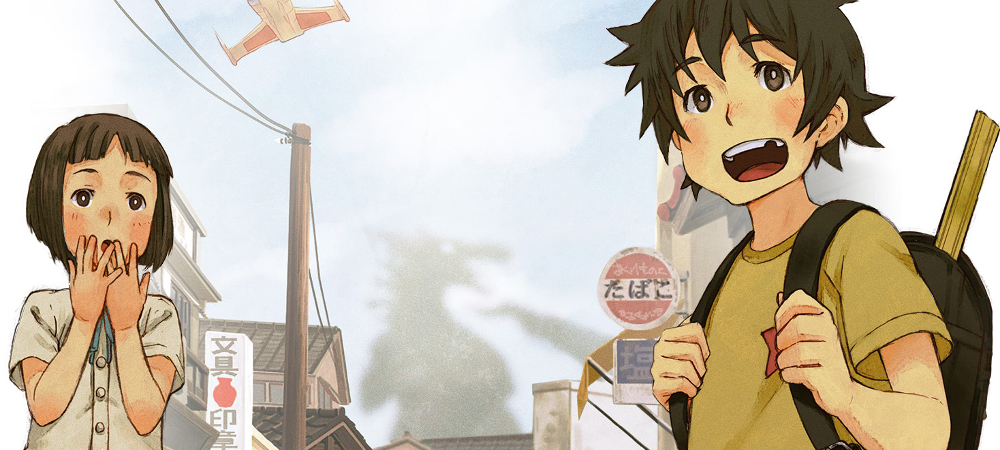
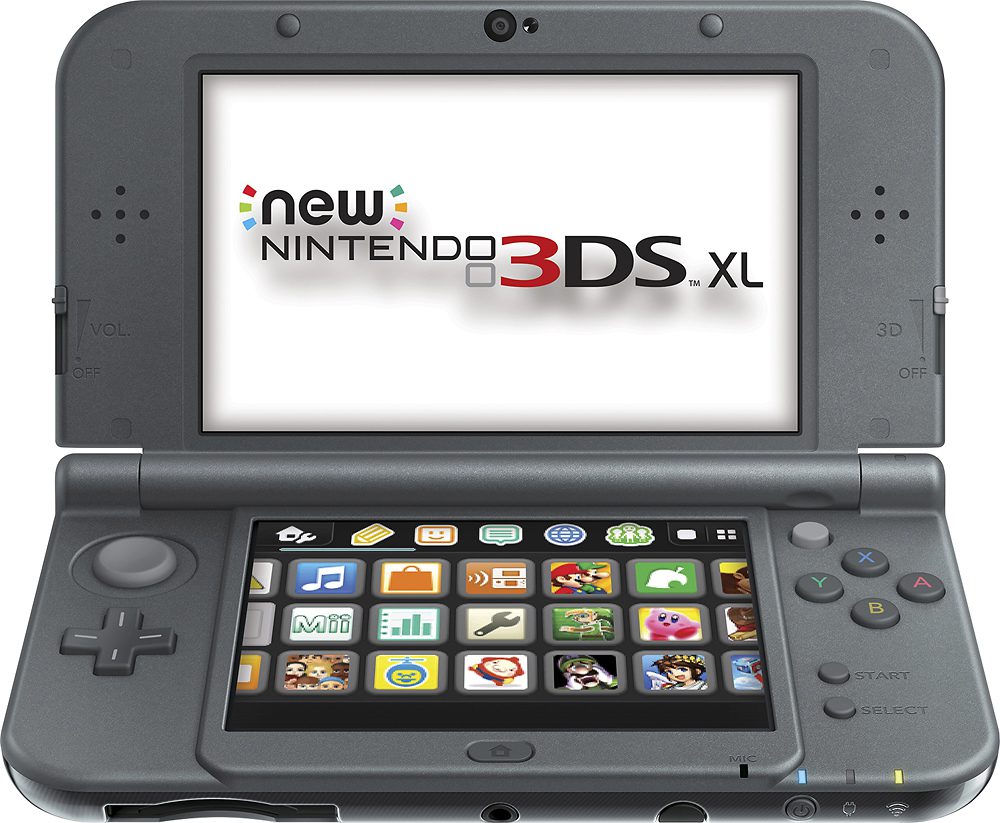
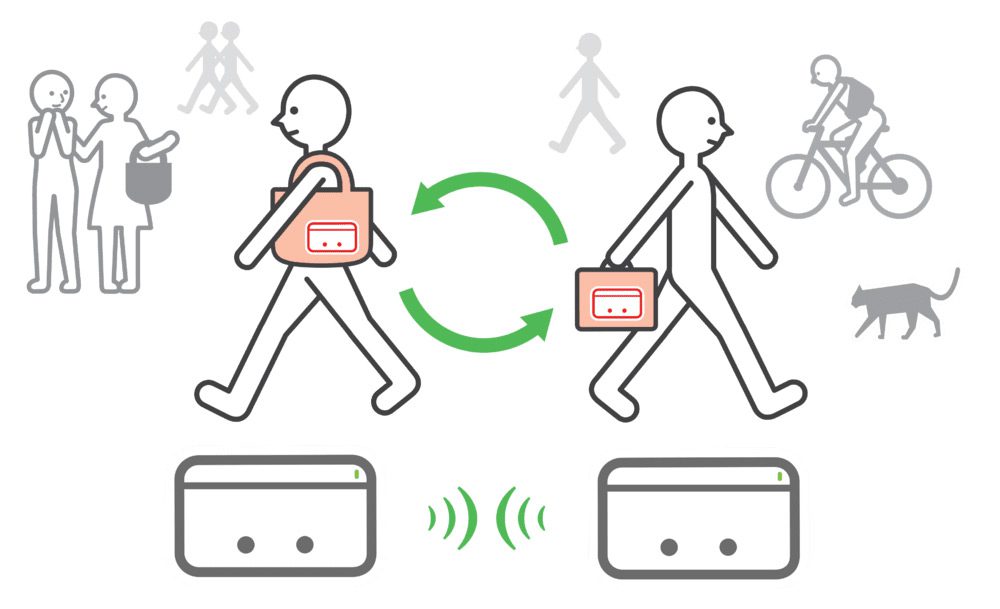
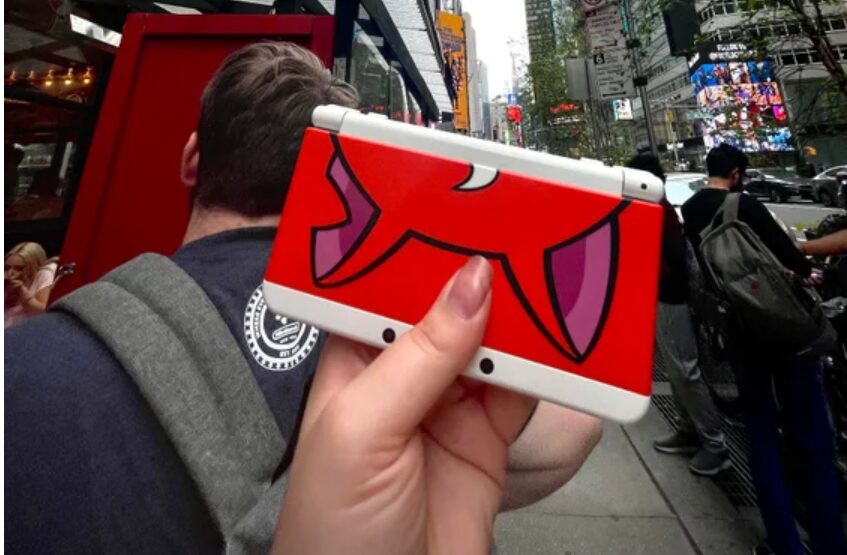
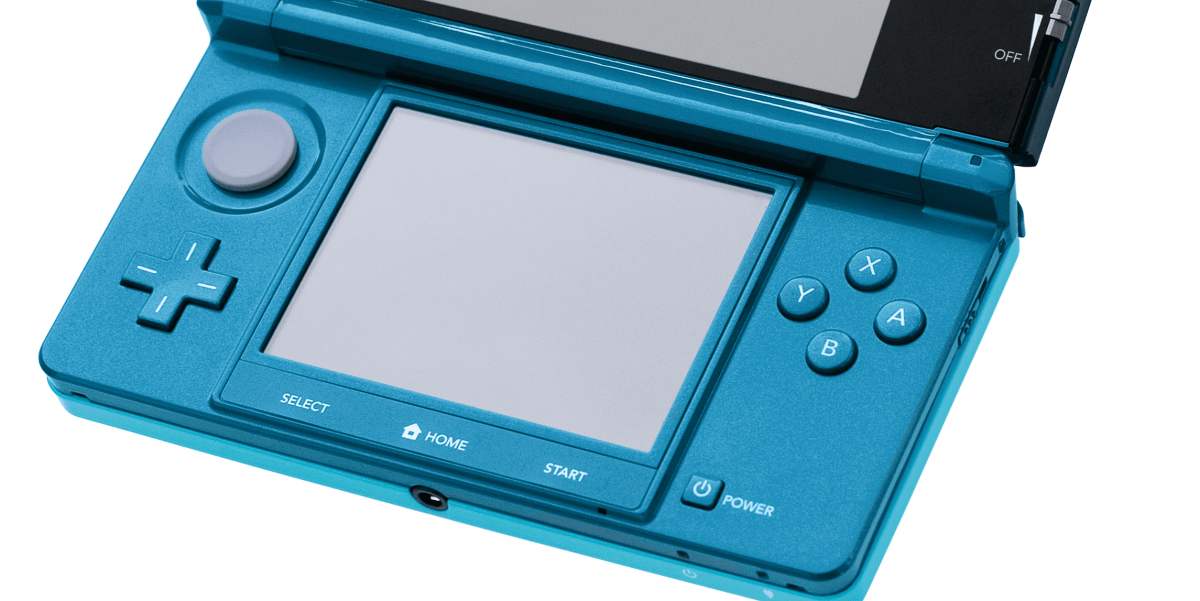

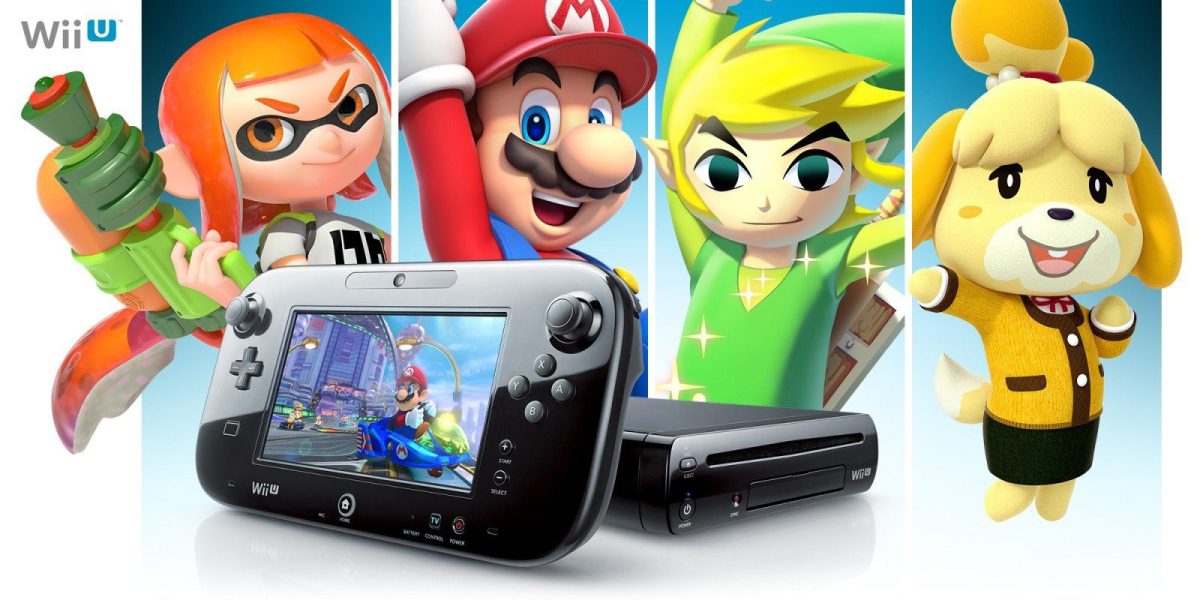
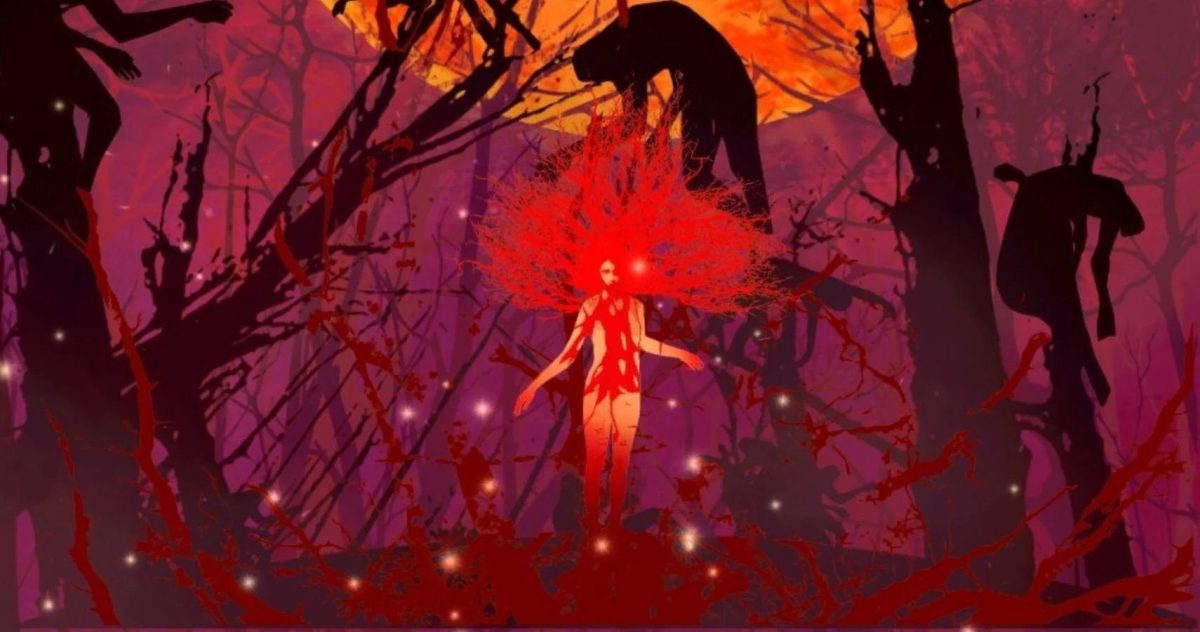
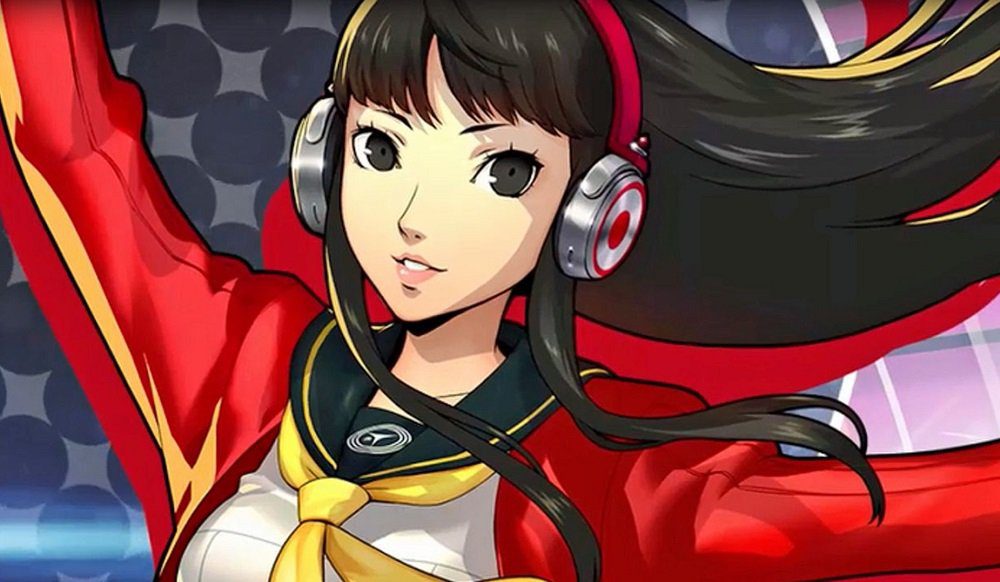
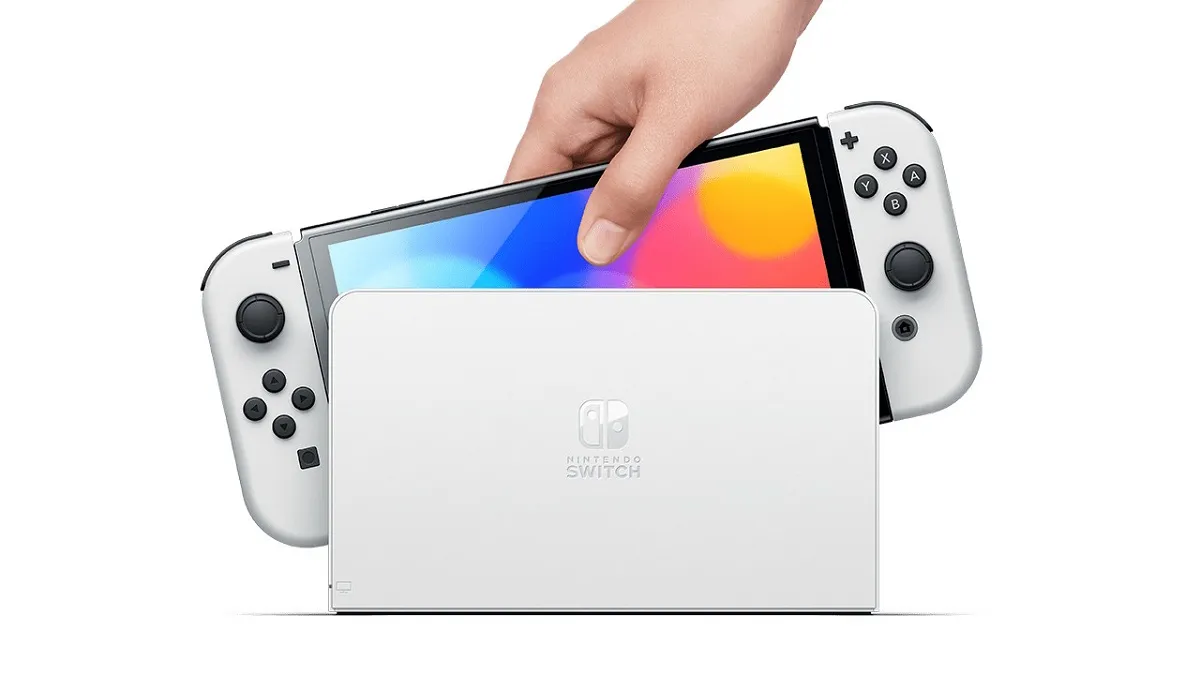
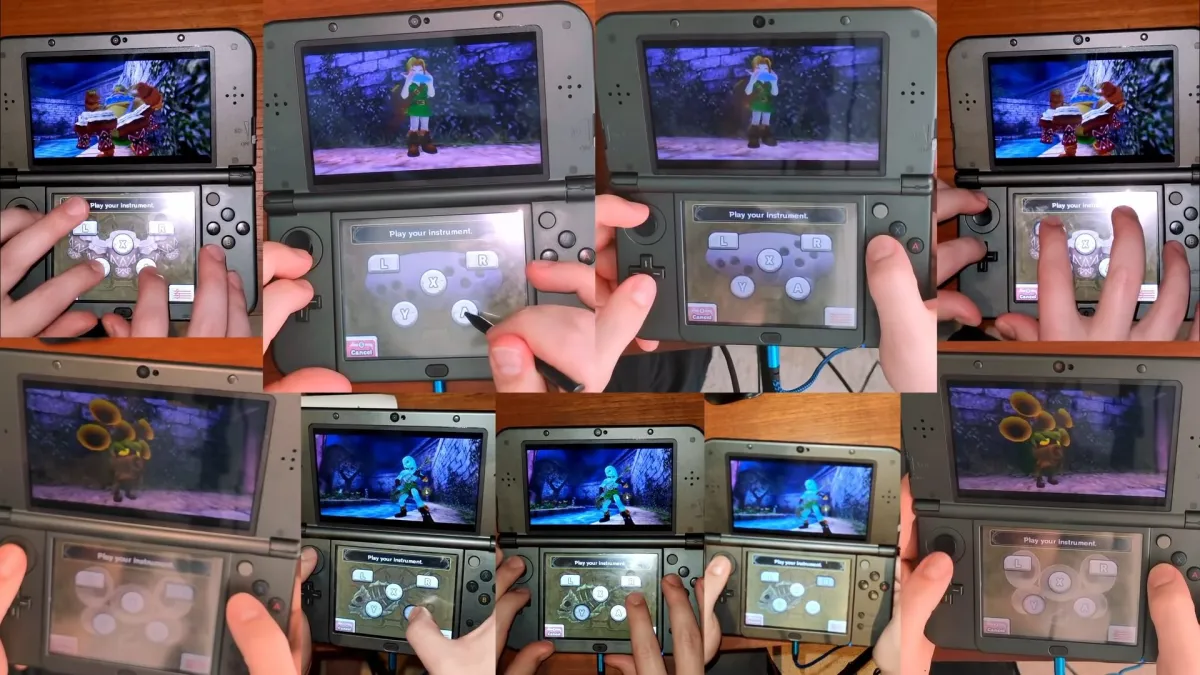
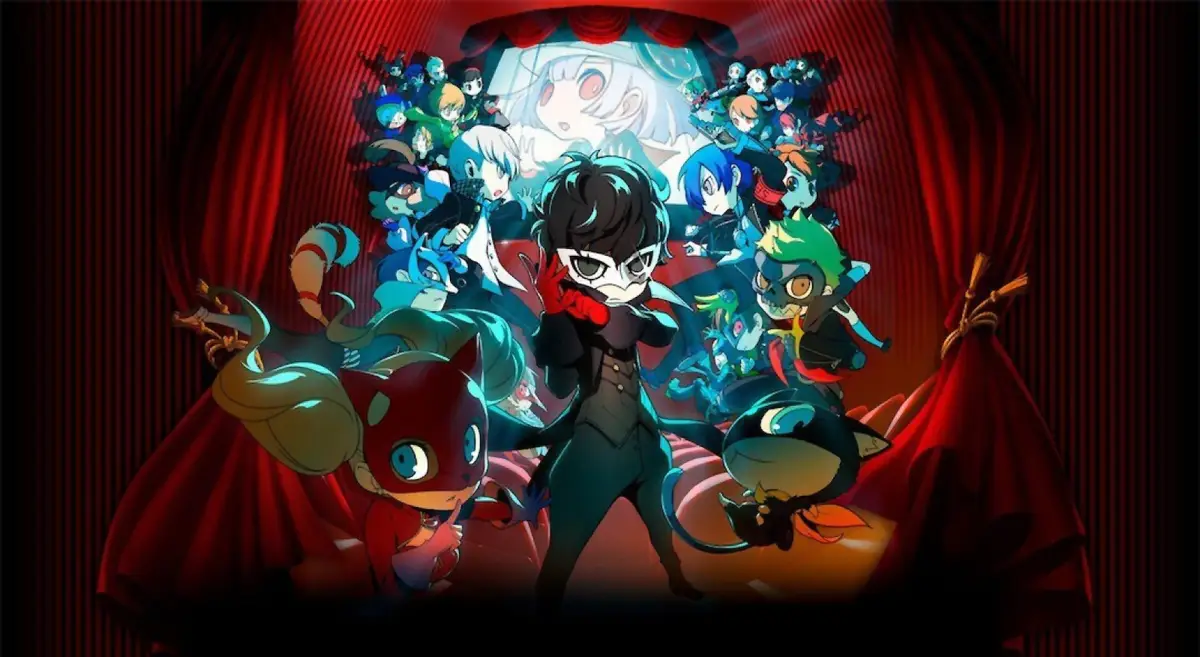
Published: Aug 14, 2013 05:00 pm